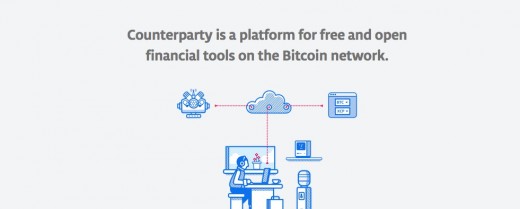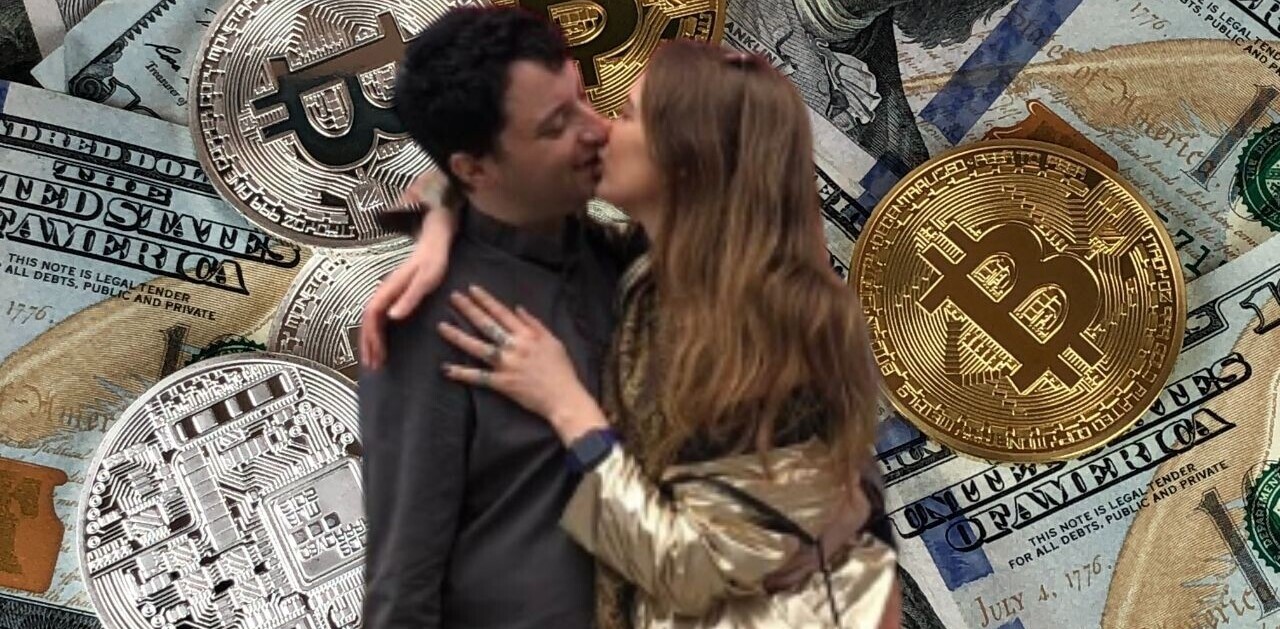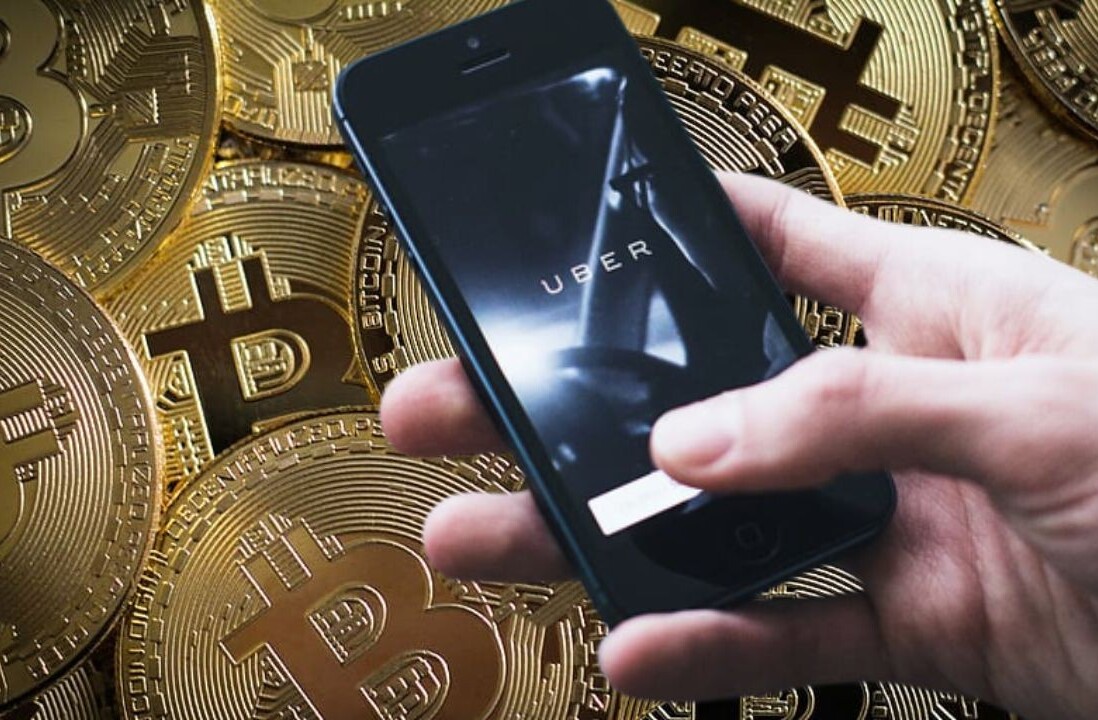
Bitcoin, and the technology that powers it, has been called many things in the few years it has existed.
Benjamin Lawsky, superintendent of New York’s Department of Financial Services said the cryptocurrency created, “a virtual Wild West for narco-traffickers and other criminals.” Nobel Prize-winning Op-Ed columnist Paul Krugman asked himself in one of his weekly columns for the New York Times if Bitcoin isn’t just “evil“.
In the Daily Telegraph’s ‘Five reasons why Bitcoin is the most dangerous currency in the world’ they terrify right-leaning web browsers by claiming assassins around the world are murdering people for Bitcoins and that hapless PC users are throwing away millions of dollars worth of the currency by mistake.
But, the fear-mongering around Bitcoin is wildly misguided. Of course, there have been instances of theft, its use as an untraceable currency to do terrible things and as of last count, is outwardly banned in 10 countries.
However, while the invention of a new currency will always give rise to opportunists trying to make fake versions, the technology behind Bitcoin, blockchain, could bring forward a second Renaissance in how goods and services are bought online. In fact, it’s already being actively used by several companies and even artists. But before we get into that, what is the blockchain?
A brief history of Bitcoin
In 2008, shady programmer Satoshi Nakamoto – whom many believe is the creator of Bitcoin and the blockchain principle – posted a paper on a mailing list for cryptography fans outlining his vision. The reason why his or her identity is considered ‘shady’ is that no-one currently knows who the person is. Newsweek said they’d found him – only to later change their mind after a lawsuit was filed.
Nakamoto was trying to create a money exchange that could operate without the need of a third party, be it a bank or online services such as PayPal. He (or she) believed there was a way round it using two sets of keys. One key is kept privately on your computer and is difficult to extract, the other is a public version that is used to exchange digital currencies with another party.
When two parties want to exchange money, a piece of software combines the public key of the sender of money with the private key of the recipient, held on his or her computer. Meanwhile, an algorithm calculates whether the public key of the sender is actually who they say it is by checking the private key to see if they match.
At the same time, the transaction is sent to every other person using the software not involved in the transfer. This creates a digital ‘ledger’, a record of every transaction, what the currency is being used for and where it’s going, across the network. This system massively reduces the ability to counterfeit money as the relationship between the public key and the private one stored on your machine is almost impossible to break or copy.
It’s this infinite digital ledger system that has the potential to revolutionise how information is spread online. While many think this is still a few years into the future, many companies and individuals are using it today to protect their digital wares.
Blockchain is alive and well
One such company capitalizing on it is Counterparty, which uses the blockchain principle to perform tasks such as issuing tokens to people for things as diverse as voting, issuing dividends to remote parties and even controlling access to content.
Factom is another example. The company takes the idea of records – housing deeds, bank accounts, social security numbers – and questions how trustworthy the companies and institutions that hold them can possibly be.
Factom believes that by eliminating the centralised hubs of record keepers, and distributing it across the blockchain, a thief’s ability to steal vast amounts of people’s data becomes more of a challenge. As the pile of hacks involving the theft of personal details for large institutions grows, companies such as Factom could be on to something.
But perhaps the most radical, and unusual example of how blockchain technology is changing lives for the better comes from ascribe. The startup is a service specifically for artists, galleries and collectors to register, transfer and archive digital art.
The problem at present is that whenever a digital file, be it a film, piece of music, or even piece of digital art is released on the internet, the ability to track that file’s journey and properly compensate the creator is nigh on possible. Just ask the film industry. At last estimate, digital piracy costs the industry $3.3 billion a year in lost revenues.
ascribe meanwhile, believes that by using a blockchain based registry for digital property, the metadata of each file along with the owner’s details travels with the file indefinitely as every transaction is logged across the network.
So far, the Berlin based startup has over 600 artists who have declared 2,600 digital works and unique editions, and a dozen marketplaces and platforms have signed on to the service to use its API.
So while many will continue prophesying the end of humanity at the hands of Bitcoin, there are others who are quietly helping us to navigate our digital world more effectively. Of course, issues remain that need to be revolved, but Bitcoin and the blockchain has the potential to improve our lives. To some, that might be a very dangerous idea indeed.
Read Next: How safe are your Bitcoins?
Image credit: Shutterstock, Flickr
Get the TNW newsletter
Get the most important tech news in your inbox each week.







